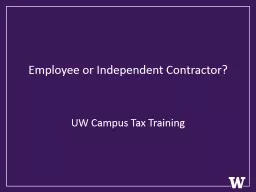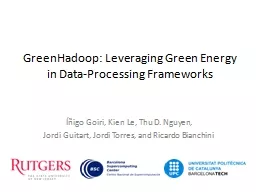PPT-Green Energy Contractor Conference
Author : nephewhers | Published Date : 2020-09-28
Transitioning the Behind the Meter Solar PV Market in CT November 29 2018 Panelists 2 Moderator Emily Basham CT Green Bank EmilyBashamCTGreenBankcom Panelists
Presentation Embed Code
Download Presentation
Download Presentation The PPT/PDF document "Green Energy Contractor Conference" is the property of its rightful owner. Permission is granted to download and print the materials on this website for personal, non-commercial use only, and to display it on your personal computer provided you do not modify the materials and that you retain all copyright notices contained in the materials. By downloading content from our website, you accept the terms of this agreement.
Green Energy Contractor Conference: Transcript
Download Rules Of Document
"Green Energy Contractor Conference"The content belongs to its owner. You may download and print it for personal use, without modification, and keep all copyright notices. By downloading, you agree to these terms.
Related Documents














